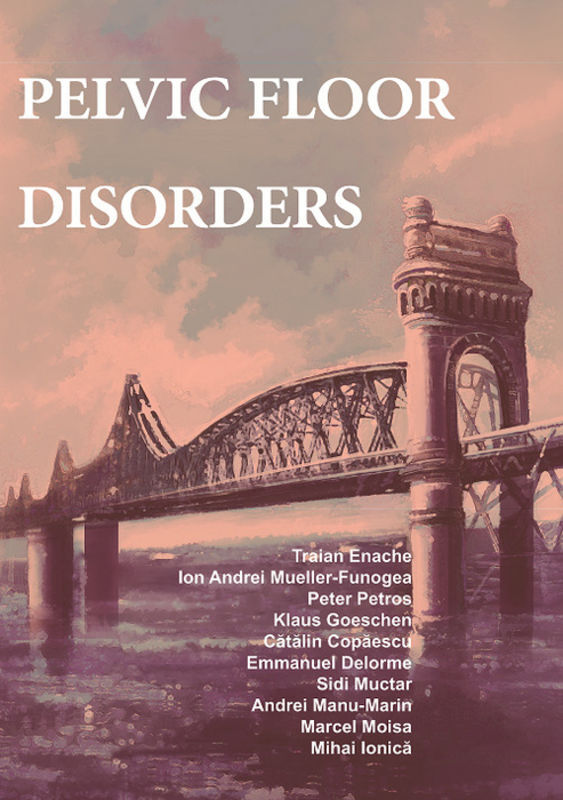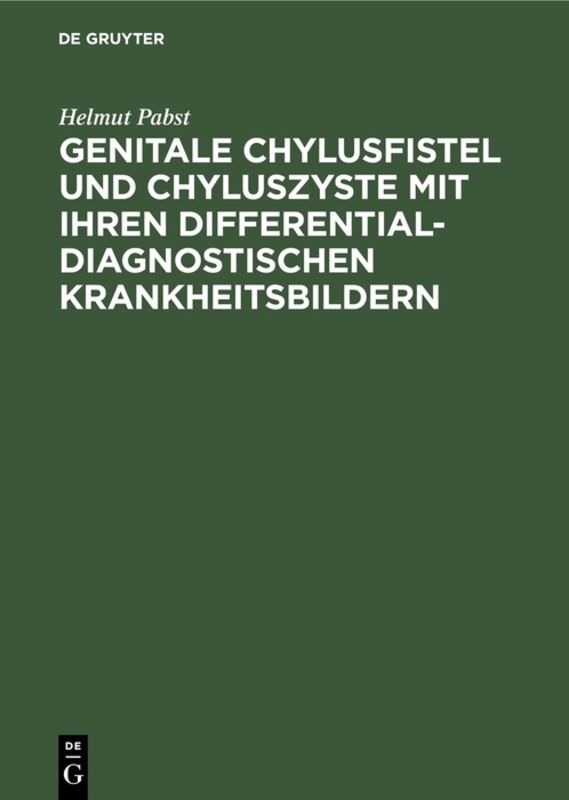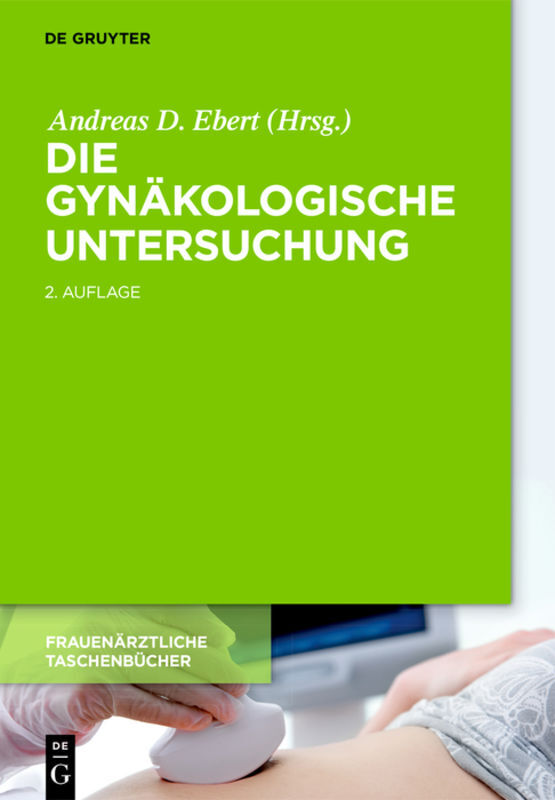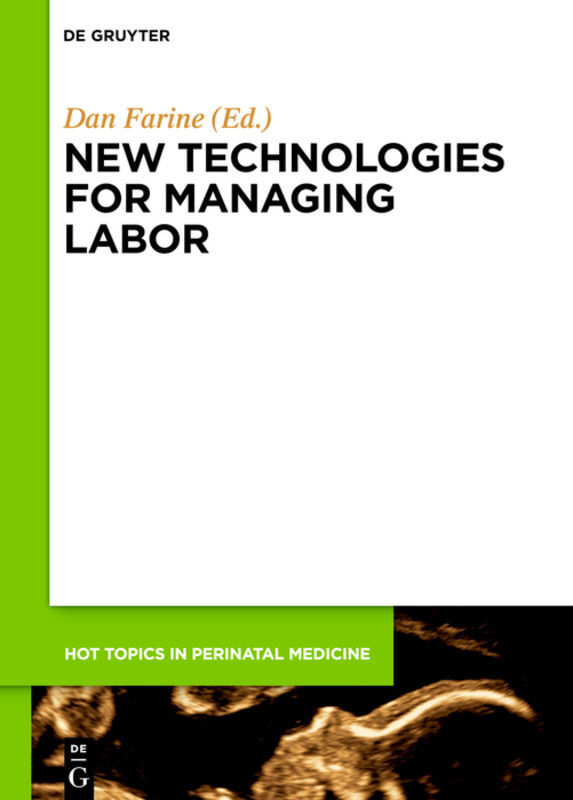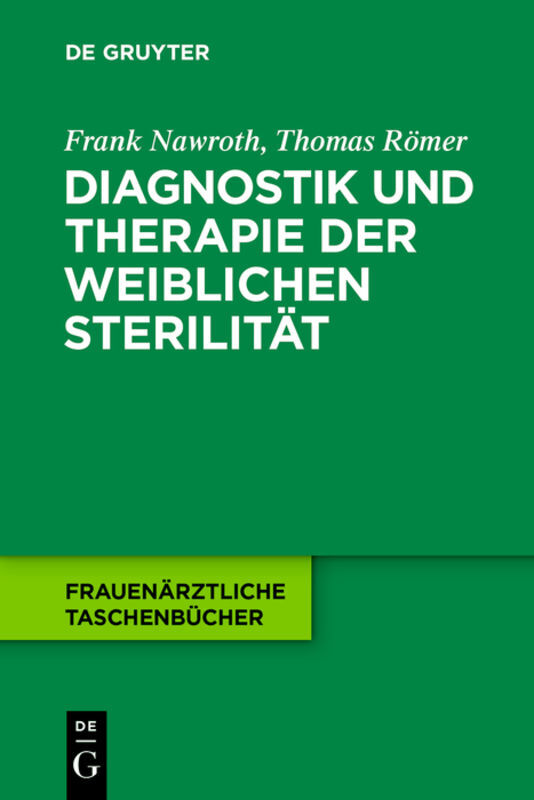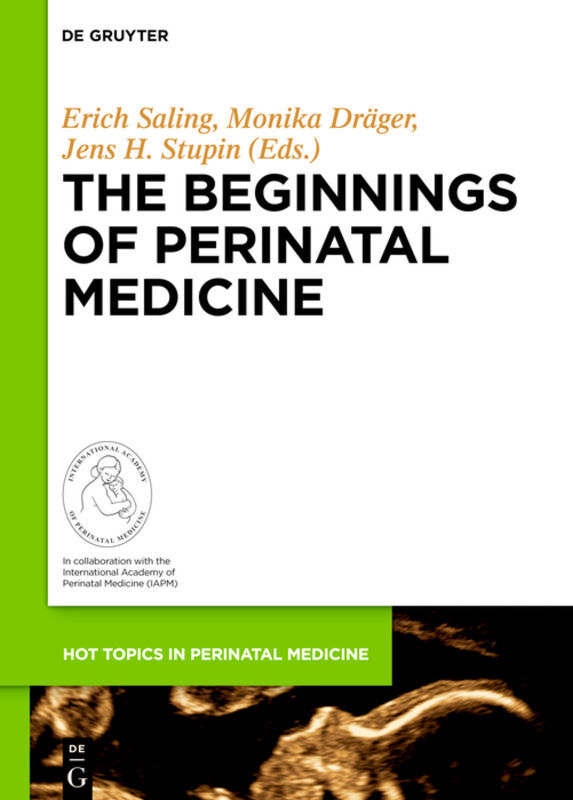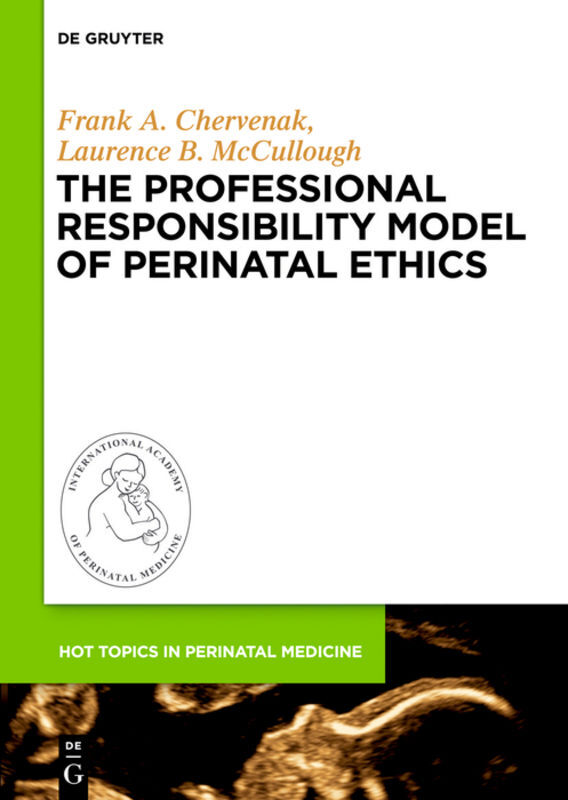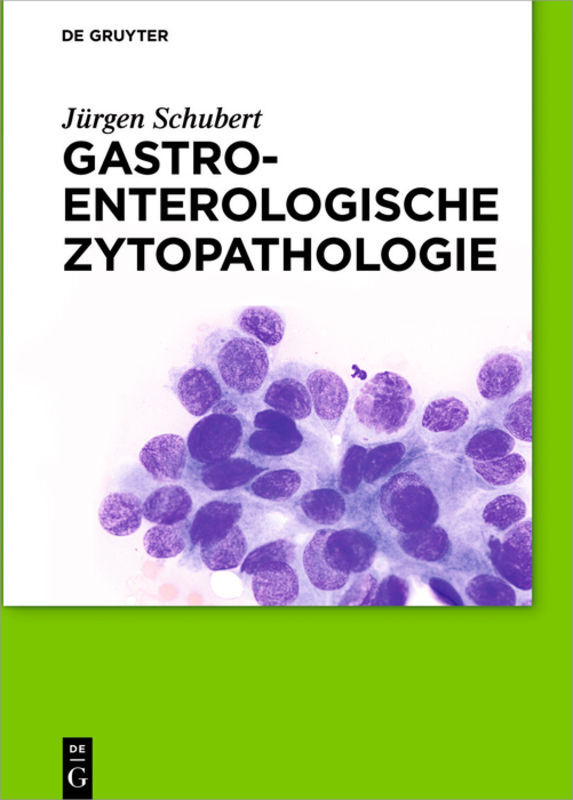Pelvic floor disorders
Pelvic floor disorders
Pelvic floor disorders are a very important subject in public health, with a major impact on quality of life. In USA for instance, epidemiology data indicate that between 11 and 19% of women may suffer at least one such surgical procedure.
This field is in continuous change and there is not a consensus yet in therapeutic approach.
This book provides a general overview on the pelvic pathology, concentrating on clinical aspects - diagnostic, physiopathology and treatment. Worldwide known authors have been gathered in order to present a high scientific reference.
The most important thing in this book is that it offers a systematic approach on surgical techniques. Most of them are described by the surgeons who invented them and the aim of this book is to provide a strong basis for young doctors who want to operate in this field.
Clinicians encounter obstacles in correctly diagnosing some patients. The physiopathology is sometimes not so obvious and except for a few surgical techniques that are accepted as golden-standards, the rest are still in debate.
This book offers a unitary view in this field. It provides an algorithm diagnostic based on Integral Theory System by Peter Petros and also extensive therapeutic solutions.
Key features:
- this book offers a comprehensive overview on pelvic floor disorders; it approaches some strongly debated issues; it proposes some new clinical entities such as "posterior vaginal fornix syndrome"
- the book is easy-to-read for young doctors who do not have a great experience in this field.
- surgical techniques are presented in a step-by-step manner, highly illustrated; many of those techniques are described by their inventors
The book is divided in 10 chapters, trying to offer a comprehensive view in this field.
1. General considerations
In the first chapter there is a short review regarding the importance of this topic.
2. Evolution of "Pelvic floor disorder" concept
Pelvic floor disorders include a wide variety of perineal affections that seem to have, as a common denominator, an acquired laxity of the musculoskeletal system, which makes up the pelvic floor. This concept is new and it tries to comprise all the anatomoclinical entities in a standardized way, to facilitate, on one side, the description of the lesions and on the other, to favor scientific communication.
3. Classical anatomy of perineum
Broadly, the perineum is anatomically made up of all the soft parts, which caudally define the pelvic excavation. These are represented by fascias, muscles, vessels and nerves, and are crossed by ducts of the urogenital and digestive systems, structures that offer a complex biomechanics, whose understanding is indispensable in a judicial therapeutic approach.
4. Perineal physiology and physiopathology
Prof. Peter Papa Petros in collaboration with Prof. Ulf Ulmsten from the University in Uppsala have set the theoretical bases of "Integral Theory System".
As the name suggests, the "Integral Theory System" creates a dynamic and interconnected anatomical background to understand the function and dysfunction of perineum. The "Integral Theory System" defines the pelvic floor as a syncytial system, based on vector equilibrium in which muscles and connective tissue take part and which has a nervous component. The newly formed system represents the sum of all the elements involved. Among them, the connective tissue is the most vulnerable.
5. Clinical and paraclinical diagnosis of pelvic floor disorders
Diagnosis of perineal affections, though easy at first sight, implies some subtle
Traian, Enache
| ISBN | 9783110683608 |
|---|---|
| Artikelnummer | 9783110683608 |
| Medientyp | Buch |
| Copyrightjahr | 2019 |
| Verlag | De Gruyter |
| Umfang | 305 Seiten |
| Abbildungen | 23 b/w and 295 col. ill. |
| Sprache | Englisch |

